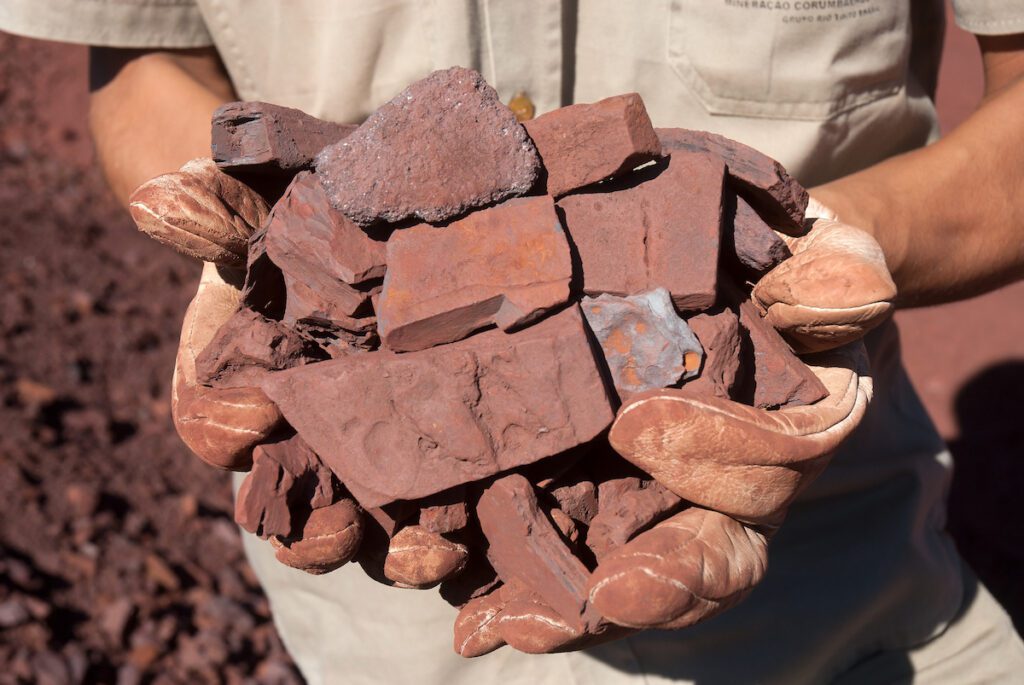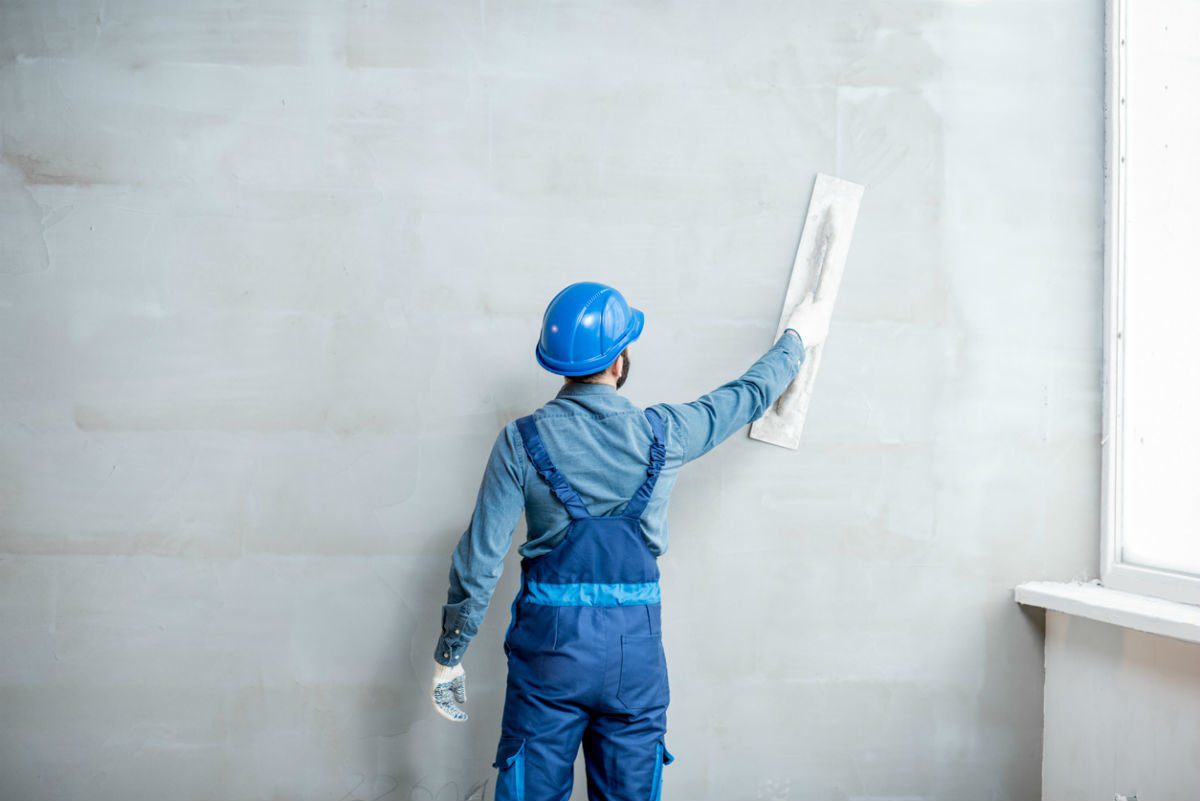Did you know?
- Egyptians did use a cement-like material (containing gypsum) to make the Great Pyramid in 2600 B.C.
- It is a caustic. It can burn skin and eyes, as does acid.
The History of Portland Cement
Cement as we recognize it was first invented by Joseph Aspdin, a 19th-century British stonemason, who heated a blend of ground limestone and clay in his kitchen stove, then pulverized the mix into a fine powder.
The result turned out to be the world’s first hydraulic cement: one that hardens when water is added. Aspdin named his creation Portland cement due to its similarity to a stone on the Isle of Portland. In 1824, this clever entrepeneur received a patent for what would become the world’s most useful building material, laying the foundation for today’s global industry.
Types
The flexibility of this material is evident in the different types, which are manufactured to meet various physical and chemical needs.
The American Society for Testing and Materials (ASTM) Specification C-150 provides for eight individual types of Portland cement:
- Type 1 – For use when the special properties specified for any other type are not required.
- Type 1A – Air-entraining cement for the same uses as Type 1, where air-entrainment is preferred.
- Then we have Type 2 – For general use, more especially when moderate sulfate resistance is preferred.
- Type 2A – Air-entraining cement for the same uses as Type 2, where air-entrainment is preferred.
- Then, Type 2(MH) – For general use, more especially when moderate heat of hydration and moderate sulfate resistance are preferred.
- Type 2(MH)A – Air-entraining material for the same uses as Type 2(MH), where air-entrainment is preferred.
- And Type 3 – For use when high early strength is preferred.
- Type 3A – Air-entraining material for the same use as Type 3, where air-entrainment is preferred.
- Type 4 – For use when a low heat of hydration is preferred.
- Last but not least, Type 5 – For use when high sulfate resistance is preferred.
White Portland Cement
When architectural considerations demand white or colored concrete or mortar, it can adapt with the manufacture of white Portland cement. White Portland cement is identical in composition to the traditional gray product, except in color. This is done during the manufacturing process by selecting raw materials which contain only negligible amounts of the iron and magnesium oxides that give this material its gray color.




